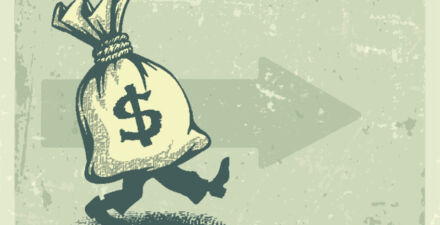Taxing the Rich: How Incentives and Embeddedness Shape Millionaire Tax Flight
072822-WP-Taxing-the-Rich-How-Incentives-and-Embeddedness-Shape-Millionaire-Tax-Flight-Young-and-Lurie
Authors:
Cristobal Young, Cornell University
Ithai Lurie, U.S. Department of the Treasury
Abstract:
Taxing the rich is one of the central debates in this era of rising inequality. Elite taxation can alleviate income disparities and fund public investments. Yet, if top earners engage in tax flight, moving from high-tax to low-tax places, redistributive goals suffer as the tax base erodes. The incentive for tax flight, however, is counterbalanced by elite embeddedness—socio-economic ties to places where the rich became successful. To understand how tax incentives and embeddedness shape millionaire tax flight, we study two large-scale natural experiments. First, historic federal tax reform in 2017 changed incentives to favor lower-tax states, and tax flight was widely predicted. Second, the COVID-19 pandemic disrupted local embeddedness for those who could work remotely. We study these unique shocks using administrative data on top earners from IRS tax returns. We find that millionaires overall are highly embedded in their states, but there is a small “anomic elite” with few ties to place and high mobility. Tax reform had small effects on millionaire migration, implying the viability of high taxes on the rich. Finally, the pandemic reduced elite attachment to place, raising questions about the future of work-from-home policies and their potential impact on the geography of the elite.




